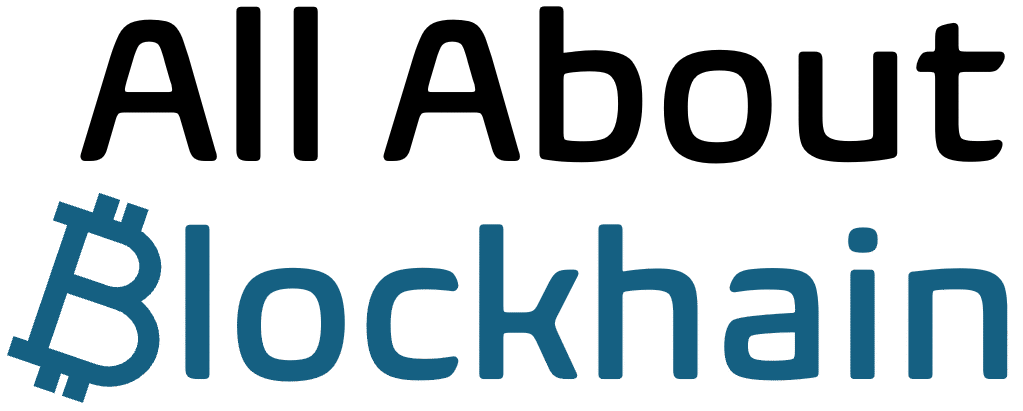Introduction
Decentralized lending protocols have revolutionized crypto finance by enabling:
- Permissionless interest earnings
- Collateralized borrowing without credit checks
- Automated smart contract execution
- Global access to financial services
This guide explains how DeFi lending works, compares top platforms, and provides strategies for both lenders and borrowers.
1. How DeFi Lending Differs from Traditional Finance
Key Innovations
- No intermediaries – Smart contracts replace banks
- Global access – Available 24/7 to anyone
- Transparent rates – Algorithmically determined
- Novel collateral – Crypto assets instead of credit scores
Comparison: Traditional vs. DeFi Lending
| Feature | Banks | DeFi Protocols |
|---|---|---|
| Access | Approval required | Permissionless |
| Collateral | Real estate/docs | Crypto assets |
| Hours | Business hours | Always available |
| Rates | Opaque pricing | Market-driven |
| Settlement | Days | Minutes |
2. How DeFi Lending Works
Core Mechanism
- Lenders deposit assets to earn interest
- Borrowers provide collateral to take loans
- Smart contracts manage:
- Interest calculations
- Liquidations
- Distributions
Key Components
- Collateral Factor: Loan-to-value ratios
- Interest Models: Algorithmic rate curves
- Liquidation: Automatic position closure
- Governance: Protocol parameter control
Interest Rate Types
| Type | Description | Example |
|---|---|---|
| Variable | Fluctuates with market | Aave ETH |
| Stable | Fixed short-term | Compound USDC |
| Yield-Bearing | Earns on deposits | cTokens, aTokens |
3. Top DeFi Lending Platforms
Aave
- Features: Rate switching, flash loans
- Assets: 20+ cryptocurrencies
- Unique: aTokens (interest-bearing)
Compound
- Features: Algorithmic rates
- Assets: Major ERC-20s
- Unique: cToken system
Other Major Platforms
- MakerDAO (DAI generation)
- Euler (Permissionless listings)
- Morpho (Optimized rates)
4. Borrower’s Guide
Why Borrow in DeFi?
- Leverage trading positions
- Access liquidity without selling
- Tax-efficient strategies
- Short selling opportunities
Borrowing Process
- Connect Web3 wallet
- Deposit collateral
- Select borrow asset
- Monitor health factor
Key Metrics
- Loan-to-Value (LTV): Max borrow against collateral
- Health Factor: Liquidation risk indicator
- Liquidation Penalty: Fee for undercollateralization
5. Lender’s Guide
Why Lend in DeFi?
- Earn compound interest
- Higher yields than CeFi
- Protocol incentives (tokens)
- Support ecosystem growth
Lending Process
- Deposit supported asset
- Receive interest-bearing token
- Earn variable/stable yield
- Withdraw anytime
Yield Optimization
- Rate comparisons across protocols
- Incentive token stacking
- Automated yield aggregators
6. Advanced Strategies
Strategy | Description | Risk Level
|————|—————-|————|
| Yield Farming | Lend + farm tokens | Medium |
| Leveraged Staking | Borrow against staked assets | High |
| Arbitrage | Rate differences across platforms | Medium |
| Self-Repaying Loans | Yield covers interest | Low |
7. Risks and Protections
Smart Contract Risk
- Protocol vulnerabilities
- Audit quality importance
- Insurance options
Market Risk
- Collateral volatility
- Liquidation cascades
- Interest rate swings
Protection Methods
- Health factor monitoring
- Conservative LTV ratios
- Decentralized insurance
8. The Future of DeFi Lending
Emerging Trends
- Under-collateralized loans
- Credit delegation
- Real-world asset collateral
- Cross-chain lending
Potential Developments
- Improved risk models
- Institutional participation
- Regulatory compliance
- Better UX/UI
Conclusion
DeFi lending protocols offer:
- Global access to capital markets
- Novel financial instruments
- Competitive yields
- Censorship-resistant services
While risks exist, prudent participation in established protocols can generate consistent returns and unlock new financial possibilities.
Ready to start? Begin with small positions on Aave or Compound to understand the mechanics.
FAQ
Q: How much can I earn lending crypto?
A: Current yields range 1%-15% APY depending on asset and platform.
Q: What’s the minimum amount to participate?
A: No minimums, but gas costs make small deposits inefficient.
Q: Can I get liquidated as a lender?
A: No – lenders can withdraw anytime (subject to liquidity).
Q: Are DeFi loans taxable?
A: Yes – interest earnings are typically taxable income.
